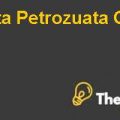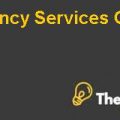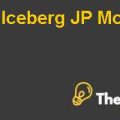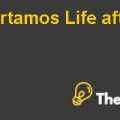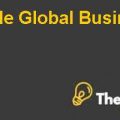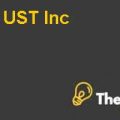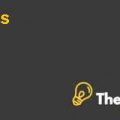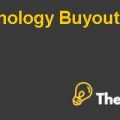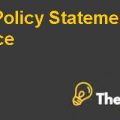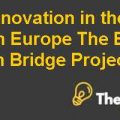Eaton Corporation: Portfolio Transformation and the Cost of Capital Case Study Solution
Introduction
This case is about Eaton Corporation which is an extremely diversified conglomerate in the industry running diversified businesses in the year 2000. To evolve its strategies for enhancing the efficiency of the businesses with enabling the products and services of the business digitally, the company was focusing more upon the intelligent power and power management. In order to do so almost seventy acquisitions with about fifty divestments. For the regular assessment of such diversified businesses and effective utilization of its resources and capabilities, to look for various growth opportunities available and keep an eye over the profits and costs, the company requires an active and efficient portfolio management. (Benjamin C. Esty, 2020)
Problem Statement
In early 2020, a Danish conglomerate named Danfoss gave an offer to the company to acquire its hydraulic business for about 3.3 billion dollars. The company now requires to evaluate this opportunity and to check whether the offered amount is reasonable for the company to sell its hydraulic segment. The company is also exploring for the financial and strategic implementations of this opportunity over the company as a whole.
Situational Analysis
WACC
In order to evaluate the opportunity the company first require to determine the appropriate discount factor and with the help of that identify the overall hydraulic segment value. For the calculation of appropriate discount rate for the company we have considered the weighted average cost of capital approach i.e. WACC as a discount rate. We identified WACC by using the formula below:
WACC = (WD*KD after tax) + (We*KE)
Where WD is the weightage of debt in the capital structure
We is the weightage of equity in the capital structure
KE is the cost of equity in the capital structure
KD is the cost of equity in the capital structure
For the determination of above factors following formulas have been used
To determine the weightage of debt ( WD) the formula we have used is
WD = total liabilities / total assets
To determine the weightage of equity( We) the formula we have used is
We = total equity / total assets or 1- We
To determine the Cost of debt ( WD) the formula we have used is
WD after tax = (Company’s credit spread + Risk free rate) * (1 – tax rate)
To determine the Cost of equity (We) we have used the formula from the generally used Capital Asset Pricing Method (CAPM), the CAPM formula is given below
KE = RF + Beta (Market risk premium)
In the above calculations the risk free rate is derived from 10 year treasury yield i.e. 1.92%. for the calculation of beta we have used the given company’s debt beta or levered beta and converted it to the unlevered beta by multiplying it with the equity ratio i.e. ( 1 – 0.18 = 0.82), the unlevered beta or the equity beta is then multiplied by debt ratio i.e. ( 1/0.8 = 1.25) to get the beta as per the targeted capital structure. The tax rate used for the calculations is 12.5%.
By using the above method the WACC of the company is calculated to be 4.97%.
Note: Refer to Exhibit 1 for calculations.
Eaton’s Financial Valuation
To determine the value of company’s Hydraulic segment we have used discounted cash flow approach. The approach is used to determine the present value of all the future cash flows of an underlying opportunity which in this case is the company’s hydraulic segment. First we have estimated the free cash flows of the company from the year 2021 to 2024. By using the growth rate of 2%, the terminal value of the company have been forecasted. For discounting back the FCFs at zero period we have used the above calculated WACC as the underlying discount rate. Summing up all the future FCFs the value of the company’s hydraulic segment is determined to be $ 7.367 billion USD. The FCF projections of the company are done in Exhibit 2 of this case.
Note: Refer to Exhibit 2 for calculations.
Conclusion and Recommendations
Based on the analysis above the appropriate discount rate for the company is determined to be its WACC which is calculated to be 4.97% which is lower than the discount rate of 7.5% as used for the DCF analysis done in Exhibit 5 of the case. The value for the company’s Hydraulic segment that we have calculated by using the WACC is 7.367 billion which is more than the price offered by Danfoss i.e. 3.3 billion USD.
Since the value offered by Dansoff is less than the overall estimated value of the company’s Hydraulic segment therefore it is recommended to the company to not go for the sale of its segment at this price. Moreover the discount rate that should be used and considered by the company should be its WACC as it tends to increase the overall value....
Eaton Corporation Portfolio Transformation and the Cost of Capital Case Study Solution
This is just a sample partial case solution. Please place the order on the website to order your own originally done case solution.

